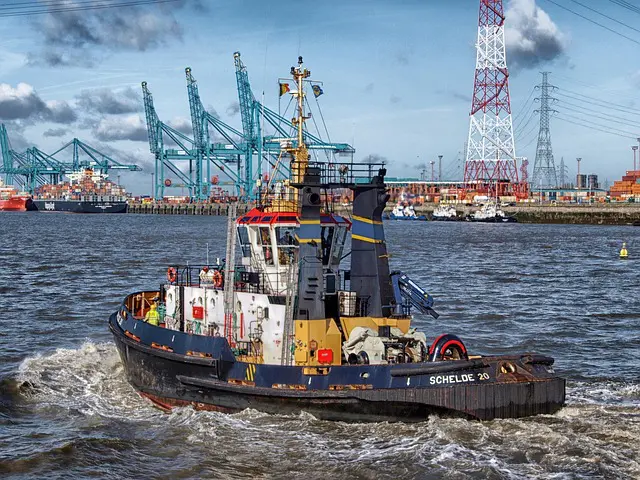APSEZ, the flagship company of Adani ports Group, handled 120.51 million metric tonnes (MMT) of rail cargo in FY23, up from 98.61 MMT in FY22.
Through the Indian Railways’ General Purpose Wagon Investment Scheme (GPWIS), APSEZ saw a 62% YoY increase in rail cargo. Mundra Port handled over 15,000 container trains in FY23.
As a result of its collaboration with Indian Railways, APSEZ generated an impressive revenue of approximately Rs.14,000 crore in FY23.
In FY23, the number of double-stack container trains at Mundra Port increased by 4.3%. According to the company, using double stack loading on trains ensures energy efficiency and reliability in transportation, resulting in lower per-unit costs and better customer satisfaction.
As a result of Mundra Port’s use of rail transport, its carbon footprint associated with freight transportation is significantly reduced. In addition, container trains minimize the need for additional truck transportation, which further reduces carbon emissions.
As a subsidiary of Adani Group, APSEZ has transformed into an Integrated Transport Utility, offering end-to-end solutions.
There are six strategically located ports and terminals on the west coast (Mundra, Dahej, Tuna, and Hazira in Gujarat, Mormugao in Goa,
and Dighi in Maharashtra), making it India’s largest port developer and operator. In addition, it has five ports and terminals on the east coast of India (Dhamra in Odisha, Gangavaram, and Krishnapatnam in Andhra Pradesh, and Ennore, Karaikal, and Kattupalli in Tamil Nadu).
A significant amount of cargo can be handled from coastal regions and the hinterland at these ports and terminals, which account for 24% of the country’s total port volume.
and Dighi in Maharashtra), making it India’s largest port developer and operator. In addition, it has five ports and terminals on the east coast of India (Dhamra in Odisha, Gangavaram, and Krishnapatnam in Andhra Pradesh, and Ennore, Karaikal, and Kattupalli in Tamil Nadu).
A significant amount of cargo can be handled from coastal regions and the hinterland at these Adani ports and terminals, which account for 24% of the country’s total port volume.
Also Read:
- A petchem project worth Rs 34,900 crore has been suspended by Adani Group in the wake of Hindenburg
- Adani Enterprises jumps 11% as all group stocks surge – Adani group’s combined market cap increases by over 82,000 crore in two days
- Adani Shares: Why To Invest Now? Here’s Everything Investors Need To Know
- Gautam Adani To Become The Third Richest Person In The World; Musk And Bezos Will Remain On Top
- Asia’s Richest Man, Gautam Adani to Acquire Majority of Stack in NDTV

2 Comments